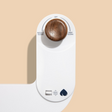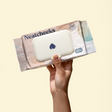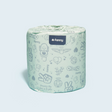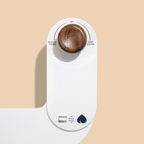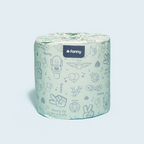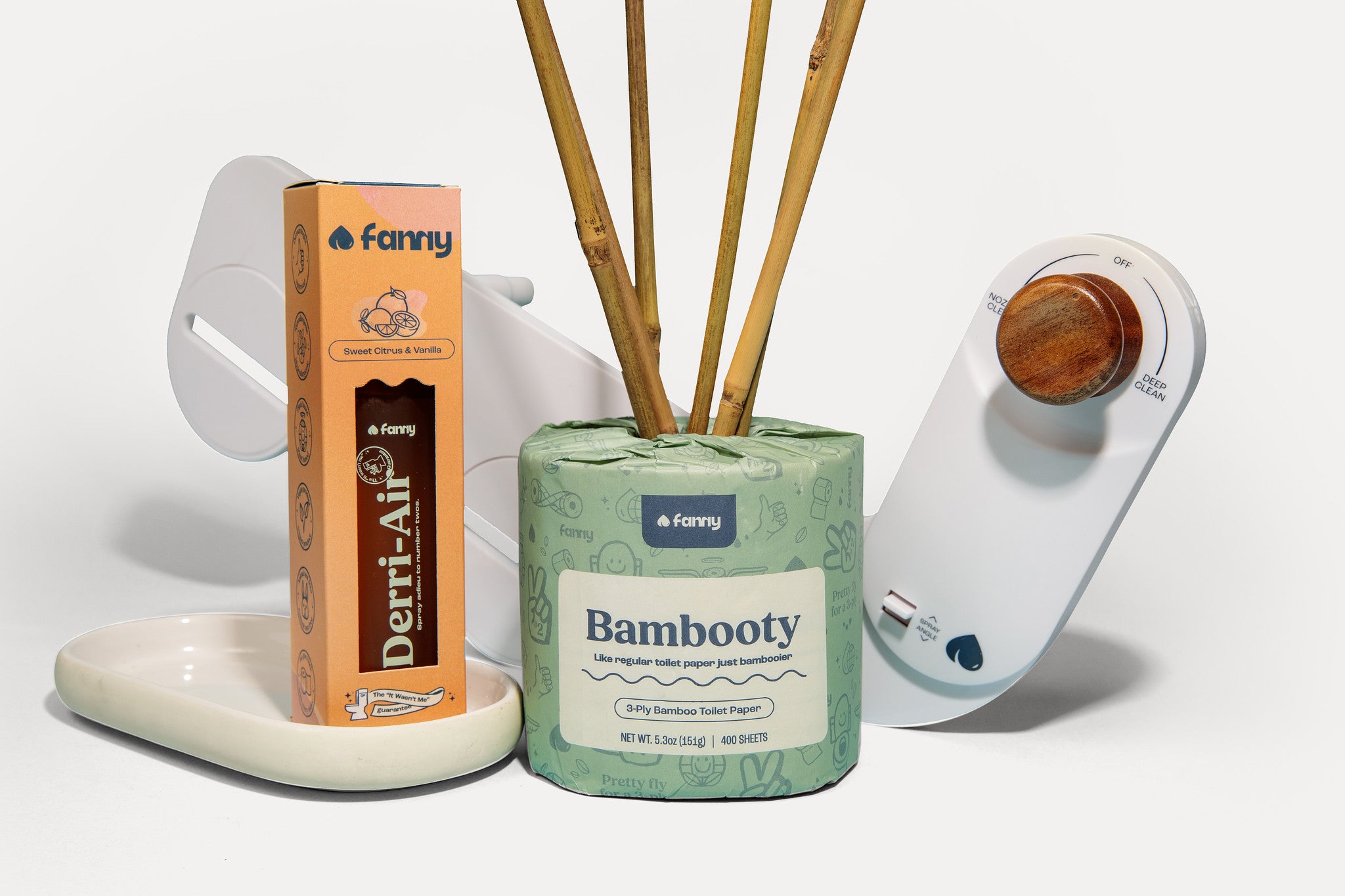Behind the Spray: Where Does Bidet Water Come From?
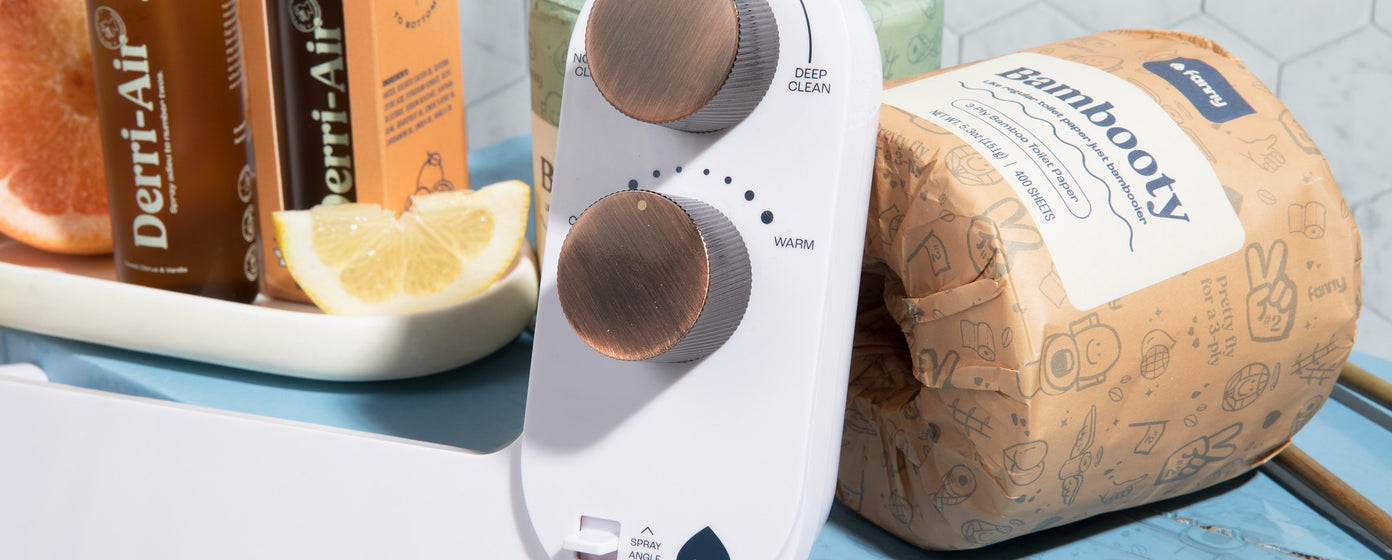
If you’ve ever considered using a bidet and found yourself thinking, “But where does the water even come from?” Congratulations! You’re officially overthinking it. But hey, it’s okay, curiosity about the mechanics of bum hygiene is only natural.
Let’s clear the air (and the water): no, bidets don’t recycle your toilet water like some sort of twisted fountain. The water in your Fanny bidet is as clean as the water you use to brush your teeth, make your coffee, and fill up your reusable water bottle. So, let’s dive into the world of bidet plumbing, where we’ll uncover the surprisingly simple science behind that refreshing spray and why your bidet is a marvel of bathroom engineering.
The Basics: It’s Just Tap Water, Folks
First things first: the water for your bidet comes straight from your home’s clean water supply. That’s the same water source that fills your sink and shower, meaning it’s perfectly safe to spray onto your most delicate regions. If you’re already comfortable washing your face or rinsing your vegetables with tap water, you can trust it for your butt too.
No, it’s not magic, and no, your bidet isn’t hooked up to some secret water source reserved for the elite. It’s just good old tap water, routed through your plumbing system.
How Does It Get There? The Plumbing Behind the Spray
If you’ve ever looked at a bidet and wondered, “How does this thing even work?” you’re not alone. Here’s a breakdown:
Standalone Bidets: The OG of butt-cleaning luxury, these porcelain fixtures have their own plumbing connection, usually tied directly to your bathroom’s cold and hot water lines. They often come with a faucet-like knob, letting you mix the water to your preferred temperature. Think of it as a mini spa for your tush.
Bidet Attachments: These are the budget-friendly champions of bidet accessibility. They’re mounted under your toilet seat and connect to the toilet’s water supply line. Installation is as easy as pie (assuming you’re not terrible at pie). While most attachments use cold water only(Fanny bidet), some fancier models offer a connection to the sink’s hot water line for a temperature upgrade(Fanny Hotshot).
Integrated Bidet Toilets: These all-in-one marvels, like those swanky Japanese toilets with buttons for everything, have built-in bidet features. They use the same water line as the toilet but run it through a system that heats, pressurizes, and directs the water for a luxurious cleaning experience.
Cold Water vs. Warm Water: Will Your Butt Be Shocked?
One common concern among bidet newbies is temperature. “Wait, do I really want cold water blasting me in the morning?” you might ask. Rest assured, most bidet systems are designed with this in mind.
Cold-Water Systems: Many bidet attachments(Fanny bidet) use only cold water because they’re easier to install and, frankly, cold water is perfectly fine for cleaning. Sure, it might give you a brisk wake-up call, but you’ll adjust quickly—and some users even say it’s refreshing.
Warm-Water Options: For those who prefer a little extra pampering, warm-water bidets are available(Fanny Hotshot). These connect to your sink’s hot water line or have built-in heaters that deliver a toasty spray. It’s like the difference between diving into a pool and slipping into a hot tub, both get the job done, but one feels a little fancier.

What About Pressure? Is This a Firehose Situation?
Relax, bidets aren’t out to power-wash your posterior. Water pressure is adjustable on most models, ranging from a gentle mist to a firm stream. If you’re worried about bidet pressure resembling a Super Soaker on steroids, don’t be. Modern bidets are designed to offer just the right amount of pressure for effective cleaning without discomfort.
For those who love specifics, the average bidet pressure ranges from 0.5 to 1.5 gallons per minute (GPM). That’s enough to clean thoroughly without making you feel like you’ve signed up for a waterboarding experiment.
Is It Sanitary? Spoiler: Yes, Obviously
The water used in Fanny bidets comes from the same clean water source as the rest of your plumbing. It’s not pulling from your toilet bowl or some mysterious underground puddle. In fact, bidet nozzles are often self-cleaning, retractable, or angled to avoid contamination. Many models even feature automatic sanitization cycles, so you can sleep easy knowing your bidet isn’t doubling as a science experiment.
Installation: No Degree in Plumbing Required
Installing a bidet might sound daunting, but it’s actually a breeze. Most bidet attachments come with everything you need to connect to your toilet’s water line in under 15 minutes. No special tools, no professional plumber, and certainly no calling your dad for help.
For warm-water models, installation may involve connecting to the sink’s hot water line, which takes a few extra minutes but is still very DIY-friendly. If you’re feeling fancy and opt for a standalone or integrated bidet, you might want a plumber to handle the setup but hey, you’re investing in the Rolls Royce of bathroom experiences.
The Environmental Question: Is It Wasteful?
Here’s the shocker: bidets are actually better for the environment than toilet paper. Yes, they use water, but not as much as you’d think. The average bidet consumes about one-eighth of a gallon per use, which is far less than the water footprint of producing toilet paper. Plus, reducing toilet paper use means fewer trees cut down and less waste clogging up sewer systems.
So, if you’re worried about bidets being wasteful, rest easy knowing your eco-friendly tush is saving the planet, one spritz at a time.
Final Thoughts: Why You Shouldn’t Overthink the Spray
At the end of the day, the water for bidets is as clean as the water you drink, assuming you’re not sipping from a questionable creek. It’s delivered through your home’s plumbing system, pressurized for comfort, and often warmed for luxury. There’s nothing mysterious or complicated about it; it’s just good, clean water doing its thing.
So, if you’ve been hesitating to try a Fanny bidet because of questions about the water supply, let this be your sign to stop overanalyzing and start embracing the most hygienic upgrade your bathroom will ever see. After all, your butt deserves nothing less than the best.
